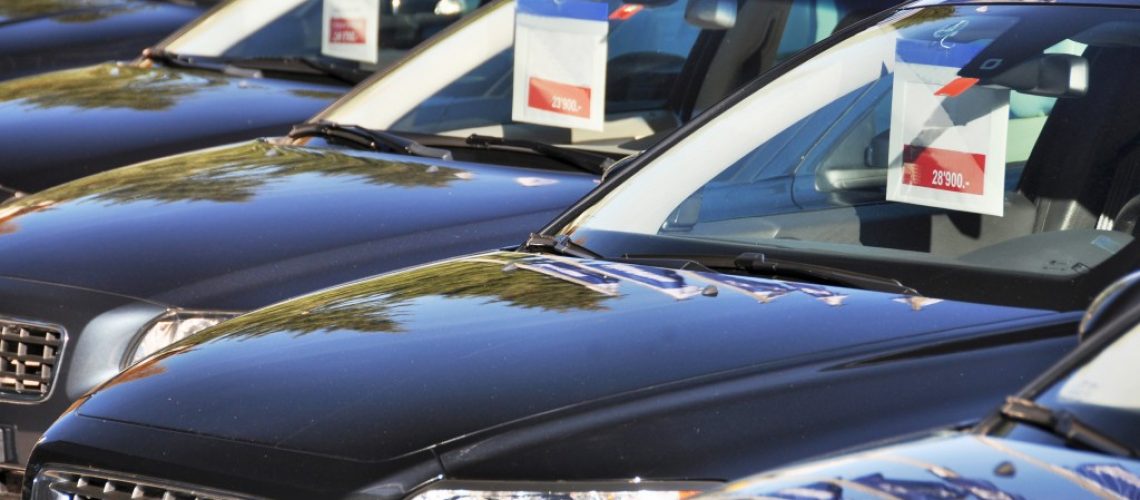Need a high-quality car on a budget? You’ll find plenty of them when you visit a reputable used car dealer. You’re bound to come across a few duds, but the key to getting your money’s worth is to know what to look for. Here is an essential checklist of things you need to look out for when buying a used car:
The demeanor of the seller
Sometimes, you can tell when to pass up a car by the way the seller talks to you about it. If they seem rushed and glosses over a few details, then perhaps they’re trying to sell you short. You’re better off visiting another dealership or checking out another car on the lot.
Service records
A service record is a comprehensive report that details any repairs that have been done to the car, its overall performance, and any issues it has. You should always ask to see it before you consider purchasing a used car. If the seller doesn’t have one or refuses to show you one, that’s a red flag and a sign that you might need to move on from the car or from that particular dealership.
Exteriors

- Paint job: The first order of business is to check if there are any dents, scratches, or rust spots on the car’s paint job. Although it doesn’t have any impact on the car’s performance, it’s not worth it to spend your hard-earned money on a vehicle with a shoddy paint job.
- Glass: Examine the windows and side-view mirrors to see if there are any cracks or deep scratches on them. These could be extremely dangerous if left unchecked.
- Trunk: Pop open the trunk of the car to check if it opens without difficulty and closes firmly.
- Tires: Treadwear on car tires should be distributed evenly. Uneven or heavy wear on the tires might be a sign of poor alignment, run-down suspension, or frame damage.
- Undercarriage and exhaust system: Dark spots on the vehicle’s exhaust system point to a leak. Make sure there aren’t any signs of rust, holes, dents, or cracks on the underside of the car as well.
- Lights: Have the dealer turn on the indicator lights and headlights to see if they’re working properly. You should also examine them to see if there are any cracks.
- Under the hood: Keep an eye out for oil splashes on the hood which indicates serious damage to the engine. Also, make sure that there aren’t any loose wires or signs of rust and corrosion.
Interiors
- Mileage: The higher the mileage on a car, the older it is, and the more parts you’ll more likely need to replace. Avoid cars at 60,000km and above, and aim to get a car that clocks in below the 50,000km mark, although they’re sure to be a little more expensive than those with higher mileage.
- Upholstery: Ensure that the upholstery on the car is comfortable and still clean, odorless, and free from any stains or tears.
- Electrical components: Things like the radio, air conditioning, dashboard lights, and any other electrical components should be in excellent working condition.
- Brakes: Once you test drive the car, make sure that the breaks don’t make any unusual noise or vibrate.
A used car can still be the car of your dreams. Following these tips will help you make an informed and responsible used car purchase.

